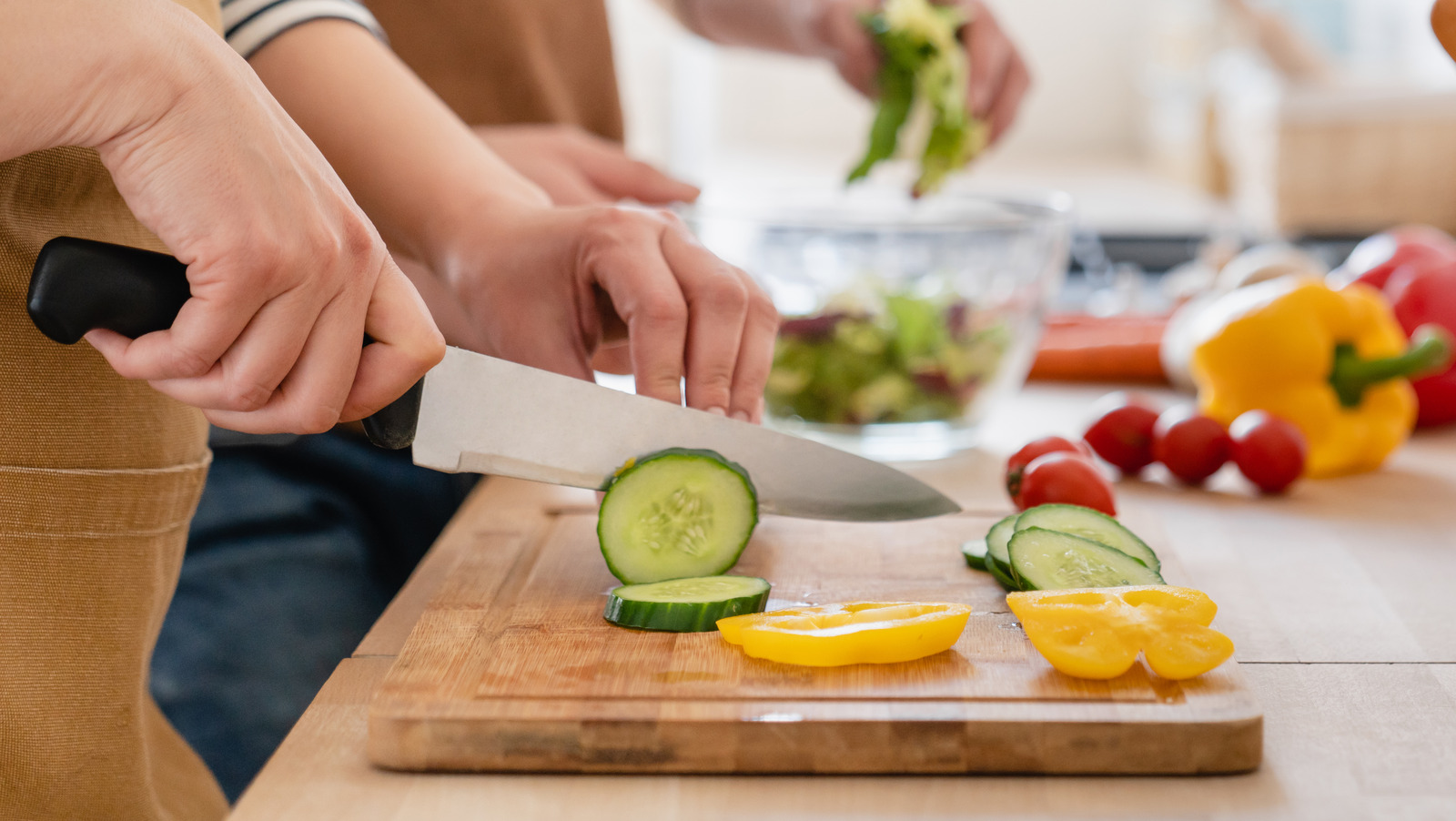Engraving a cutting board can add a personal touch or turn a simple kitchen tool into a cherished gift. But the question arises: how to seal a cutting board after engraving? Proper sealing not only enhances the beauty but also protects the wood and ensures durability. Let's dive deep into the various methods and products that can help in sealing your engraved masterpiece.
When it comes to kitchen professionals, maintaining the integrity of tools like cutting boards is paramount. After spending time and effort engraving, it is essential to know the right sealing techniques that will preserve the aesthetics while providing functional support. In this article, we will lay down the steps to maintain your cutting board's longevity while keeping it pristine and easy to clean.

Understanding Your Cutting Board Material
Cutting boards are made from a variety of materials, including wood, plastic, bamboo, and composite. Each has its unique properties and requires different sealing methods:
- Wood: Known for its durability and natural properties, wood cutting boards often need oiling to maintain their condition.
- Plastic: These boards are usually easier to clean but can warp over time.
- Bamboo: A sustainable option, bamboo is strong and lightweight but can show signs of wear without proper maintenance.
Why Sealing is Important
Sealing your cutting board, especially after engraving, has numerous benefits:
- Prevents moisture absorption.
- Enhances the board's lifespan.
- Protects the engraved design from wear.
- Keeps the board hygienic by preventing bacteria buildup.
Steps to Seal Your Engraved Cutting Board
Sealing an engraved cutting board involves a series of steps. Heres a concise guide:
1. Clean the Board
Before sealing, you must ensure that the cutting board is clean and dry. Use warm soapy water to scrub away any debris, and ensure it is completely dry before moving on to the next step.
2. Choose the Right Sealer
Select a food-safe sealant such as mineral oil, beeswax, or a specialized cutting board finish. These options will provide the necessary protection without compromising the food safety standard.
3. Apply the Sealant
Using a clean, soft cloth, apply a generous amount of your chosen sealant to the board, ensuring that it penetrates the engraved areas. Allow it to soak in for at least 15 minutes before wiping off any excess.
4. Let It Dry
After applying the sealant, let the board rest for at least 24 hours to ensure a complete seal.
5. Maintain Your Board
Regularly reapply the sealant to maintain the boards appearance and functionality. A good rule of thumb is to reapply every month or so for heavy use.
Choosing the Right Sealant
When deciding on a sealer, consider the following options:
- Mineral Oil: A popular choice for wooden cutting boards, it is odorless and tasteless. Make sure to choose a food-grade version.
- Beeswax: Often used in combination with mineral oil, beeswax adds a layer of protection and provides a beautiful finish.
- Coconut oil: An organic option that can penetrate well but should be used cautiously as it has a shorter shelf life and can go rancid.
Additional Maintenance Tips for Engraved Cutting Boards
To ensure that your cutting board stays in excellent condition over time, keep these tips in mind:
- Avoid submerging wooden boards in water, as this can cause warping.
- Use a separate board for raw meats to prevent cross-contamination.
- Choose the right color cutting board based on its intended use.
Common Mistakes to Avoid
Here are some mistakes that kitchen professionals often make when sealing cutting boards:
- Using non-food-safe products like varnish or lacquer.
- Neglecting to clean the board before sealing.
- Applying too much sealant, which can lead to a sticky residue.
Frequently Asked Questions
1. How often should I seal my cutting board?
It is recommended to seal your cutting board monthly or as needed, depending on usage.
2. Can I use olive oil to seal my cutting board?
It's not advisable to use olive oil, as it can go rancid. Stick to food-safe mineral oil or beeswax.
3. What should I do if my cutting board starts to crack?
If your cutting board cracks, try resealing it with a thicker application of oil, and avoid putting it in the dishwasher.

Resources and Further Reading
For more information on maintaining your cutting board, check out this article on cleaning wooden cutting boards.
As an Amazon Associate, I earn from qualifying purchases.


























